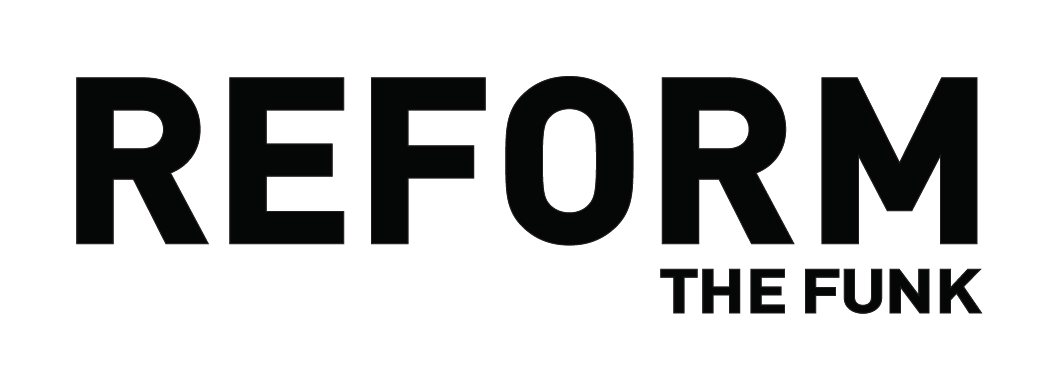Talking Diversity with Model Lauren Lambert.
Photography: Kim Lang
We caught up with model, personality and winner of Britain and Ireland's Next Top Model 13 to discuss diversity, ageism and being a model of colour in the fashion industry. What is the fashion industry like for models of colour?
I have noticed that there aren’t many models of colour representing fashion brands on a whole, and I feel that this is due to the fashion industry’s general exposure to models of colour within various segments of the industry.
So as a consequence it limits the potential of both the models of colour and the brands, in terms of overall product sales, and buyers it can attract globally.
Why do you think fashion is so behind when it comes to diversity?
I think the industry is behind when it comes to diversity, due to an unbalanced variety of models from all ethnic backgrounds.However, if they considered a broader target market range, they could expand their brand to a wider customer base, as clothing is not discriminative and does not have colour limitations. Why not implement the same structure when it comes to using models of colour?
Change starts with one individual and most people are reluctant to implement change because of what they don’t recognise or understand. This is not just in the fashion industry, but life in general. I feel it hasn’t been acknowledged enough. The world is changing and the reality is: we live in a multiracial world where people of society expect to see themselves reflected in fashion. Clothing is a universal language.
How do you feel about the diva stereotype?
This is a difficult topic because it can be subjective. It’s important to understand that models are not commodities. We are human beings and should be able to express our opinions (as this could help models work to the best of their abilities) without being labeled a “Diva” - however there are many stereotypes that perpetuate this misconception.
When models speak up, with regards to shoes being too big or small or when the wrong hair products/chemicals are being used on their hair or the wrong shade of make up is being applied for the models skin tone etc. These genuine constructive criticisms and advice can be perceived very negatively and can potentially cause a model to be labeled a “Diva” - but in reality, it is positive and given the proper attention, can be successful for both client and model.
What are thoughts on ageism in the fashion industry?
I hope that the fashion industry would recognise that ageism plays a major role in fashion - which is also reflected in society - therefore the brands should use models of all ages to market their products to show their potential customers that ages isn’t an issue, as brands cater for all.
When humanity in general is embraced and portrayed properly, it’s a beautiful thing as then age can be respected. I feel fashion and marketing in general has the potential to open the doors for everyone.
How do you feel about the lack of black models being cast in campaigns and runways?
Although slow, there has been some measurable progress when it comes to featuring one black model on a campaign, runway or magazine front cover, but it doesn’t exclude the obvious: that there’s a small percentage of models of colour being featured within the fashion industry - which hasn’t gone unnoticed.
The potential for greater progression is not a hard lift.











